


|
|
|
|||||||||||||||
|
|
||||||||||||||||
|
|
|||
|
|
Orlando Kennedy Space Center
Located in Florida approximately 45 miles from Orlando, the Kennedy Space Centre has been the primary launch centre for United States human spaceflight programme since 1968. Originally named the Launch Operations Centre in July 1962 its name was changed to the Kennedy Space Centre in November 1963 following President Kennedy’s assassination. Covering over 140,000 acres nearly half of which is part of the Canaveral National Seashore. Run by the National Aeronautics and Space Administration (NASA), the centre contains the facilities for the launch and operations for the Apollo, Skylab and Space Shuttle programs. Apart from the facilities to run these programmes the centre also contains a Visitors Complex which is open to the public and contains exhibits and memorabilia and also houses many historic spacecraft. It also has daily presentations from veteran NASA astronauts who talk about their experiences. 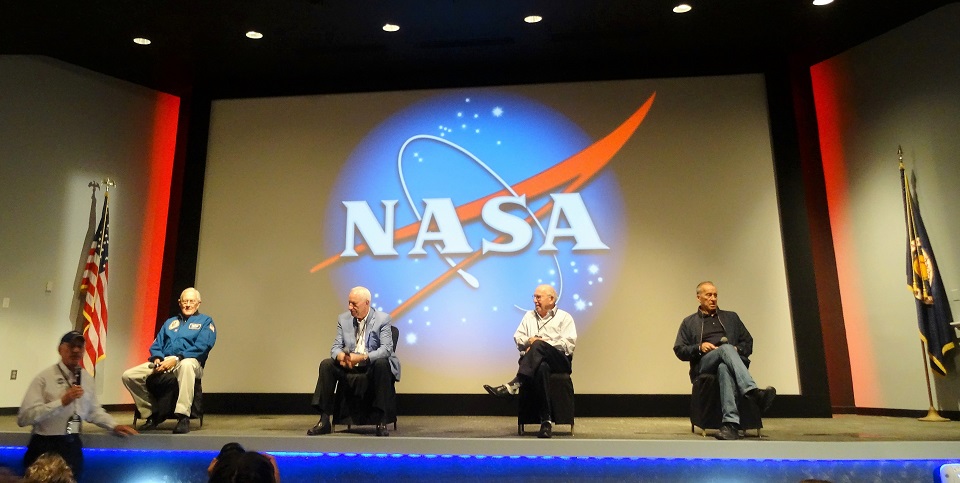 The centre originally opened for the public in July 1966 with a bus tour. This progressed to becoming a permanent Visitors Complex in August 1967. 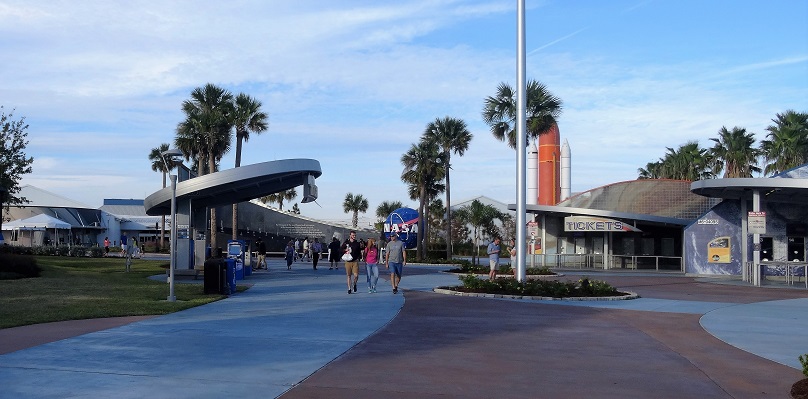 On entry to the centre is the Heroes & Legends building. 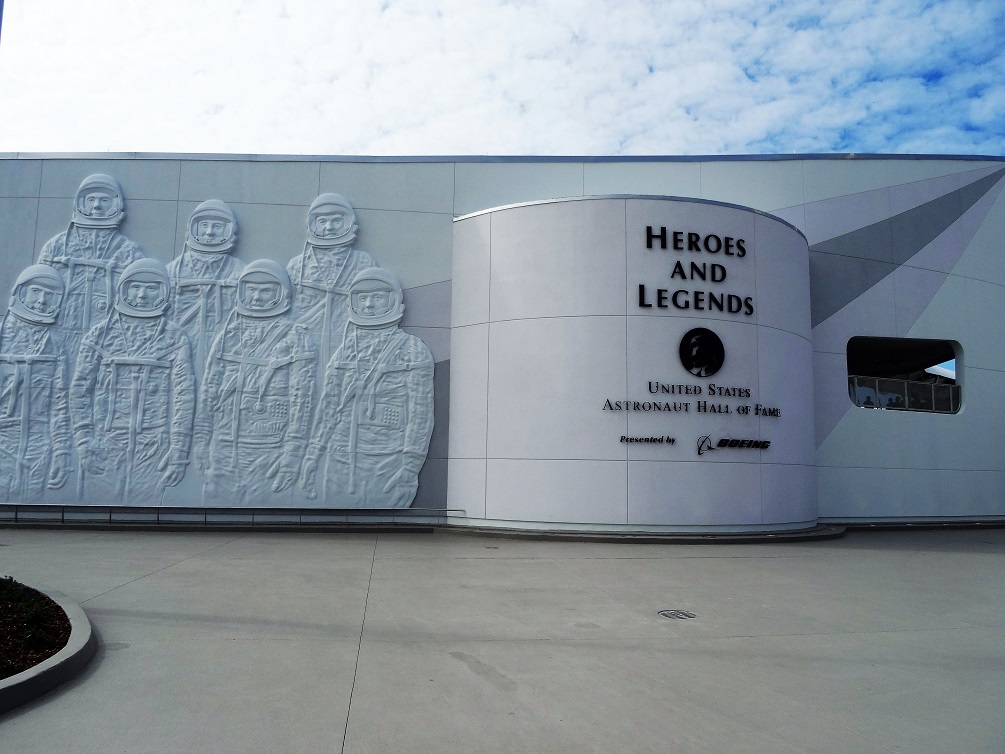 This houses the U.S. Astronaut Hall of Fame and display of artefacts related to the astronauts. It also has a recreation of the Mercury Control Centre and houses the Gemini 9A spacecraft. Just past the Heroes and Legends building is the Rocket Garden, this is an outdoor area containing a number of the rockets displaying the types used to put Astronaut and satellites into space. Most of these rockets stand upright whereas the largest rocket, a Saturn IB, is on its side. 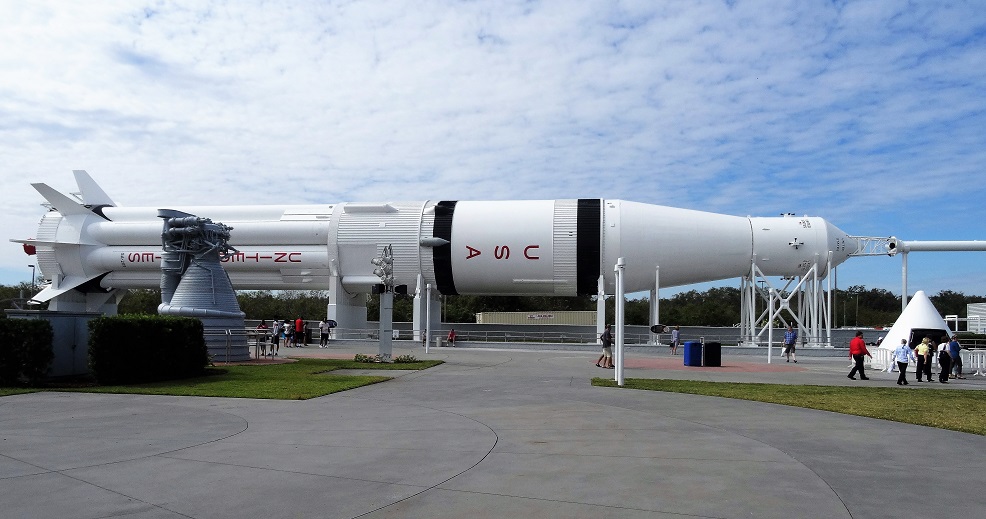 It was the Saturn IB rockets that launched Apollo Command/Service Modules into orbit around the Earth for Apollo and Skylab. Walking from the Rocket Park is the Space Shuttle Atlantis Exhibit building with the Space Shuttle standing in front. 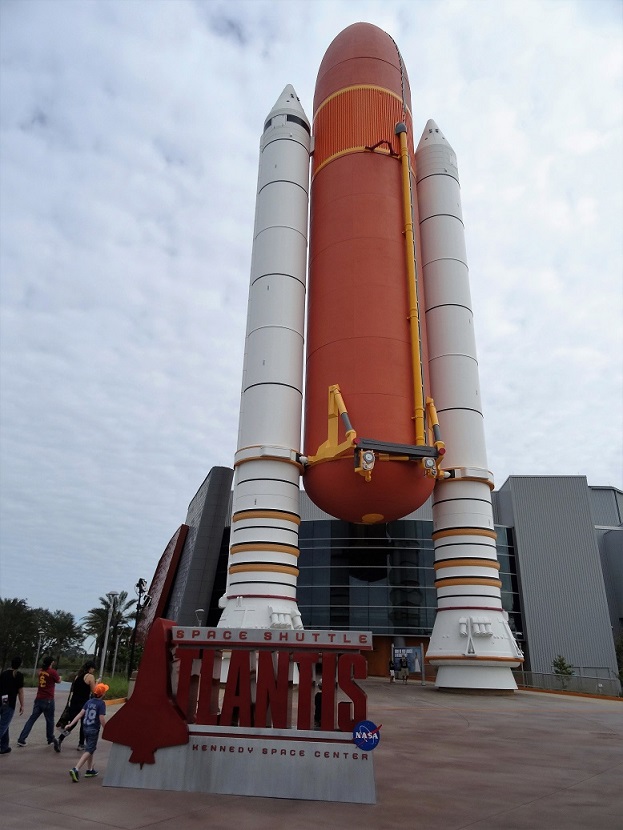 This building opened in June 2013, and provides an almost 360-degree view of the shuttle Atlantis positioned with the payload bay doors open. This building also includes a life-sized replica of the Hubble Space Telescope and the Shuttle program's astrovan, which transported the astronauts to the launch pad. 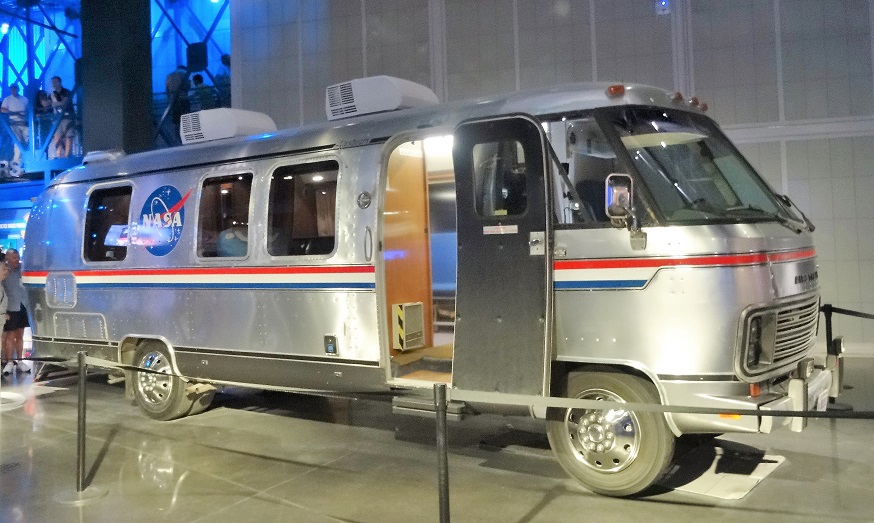 Also to be seen is the Shuttle prototype from 1969, and numerous astronaut training and Shuttle simulators. It also contains a number of other displays about life in space, giving an indication of life in space. Also displayed is the "Forever Remembered" exhibit, commemorating the 14 astronauts lost in both Space Shuttle Challenger and Space Shuttle Columbia disasters. This contains some of the personal artifacts from the astronauts and two recovered pieces of the Shuttles. 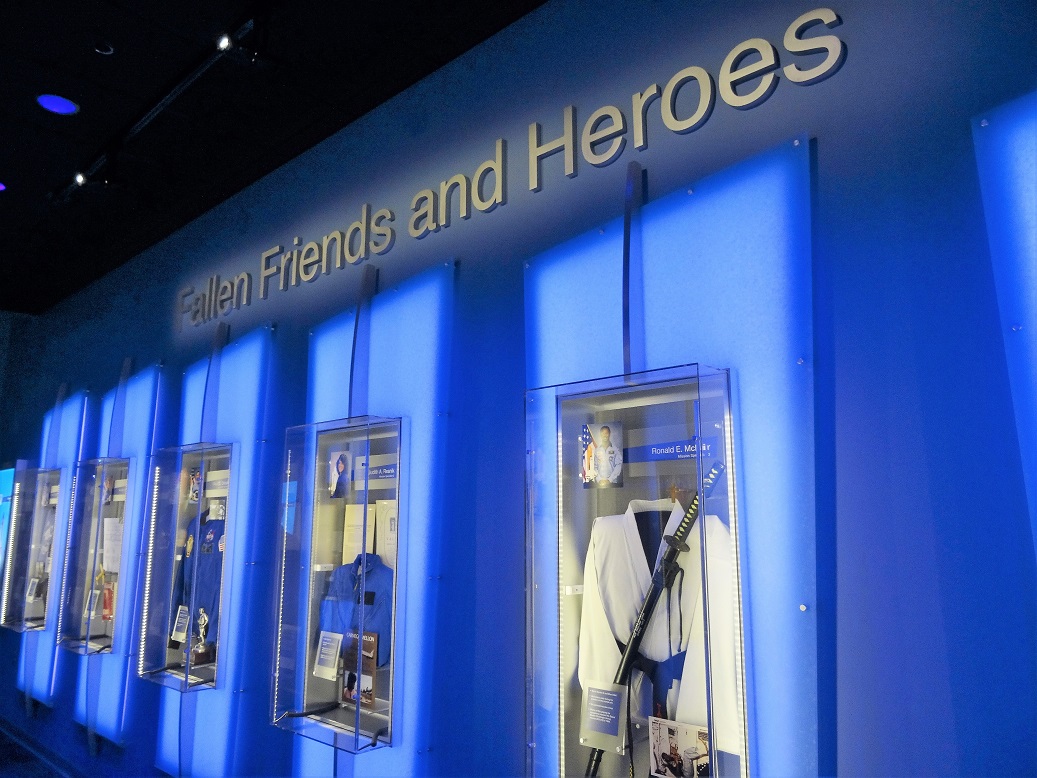 Located some 6 miles from the main visitors’ centre is The Apollo/Saturn V Centre, which is a bus tour from the main centre. This is a 100,000-square-foot facility which houses a restored Saturn V launch vehicle and other exhibits related to the Apollo program including the Apollo 14 command module, which orbited the Moon in 1971. It enables visitors to see the interior of some of the modules and crafts. 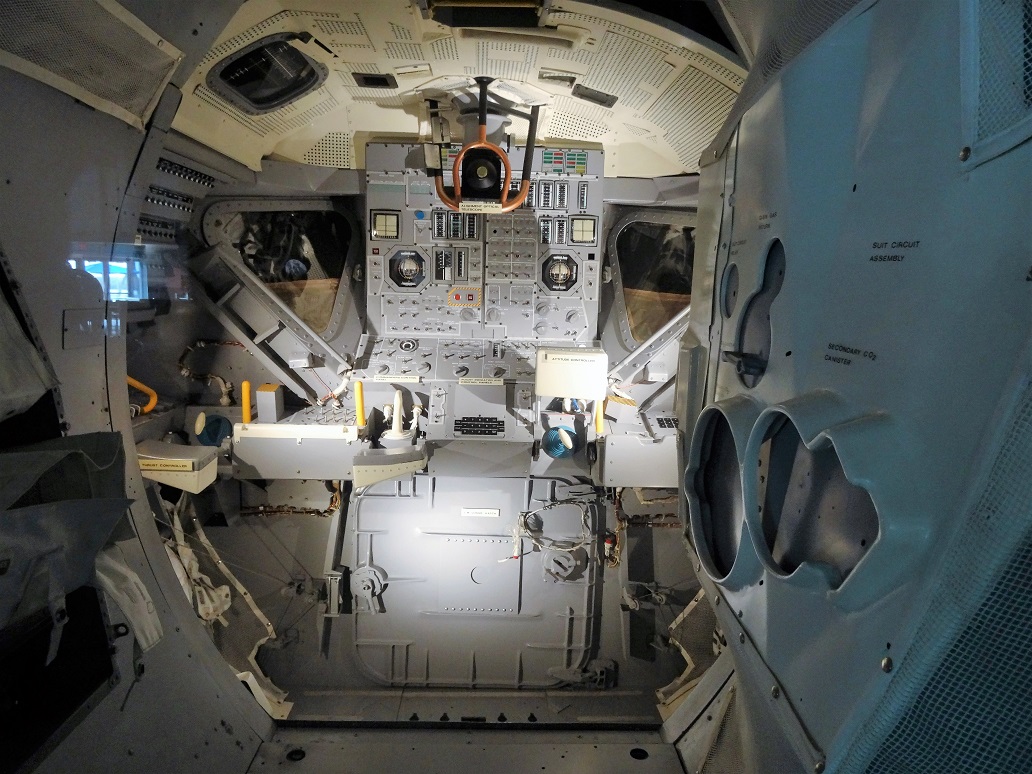 Other things on display are a replica of the Lunar Roving Vehicle and a large cut-away scale model of the Saturn V. A number of the spacesuits worn by a number of the astronauts and a piece of Moon rock are also on display. 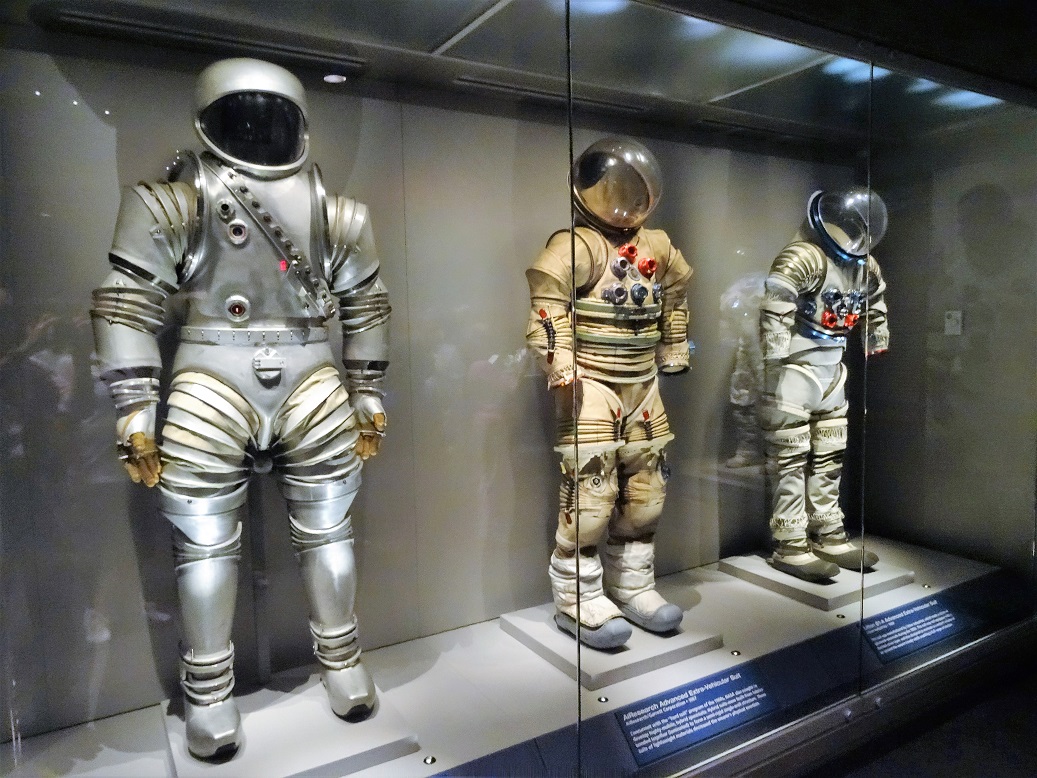 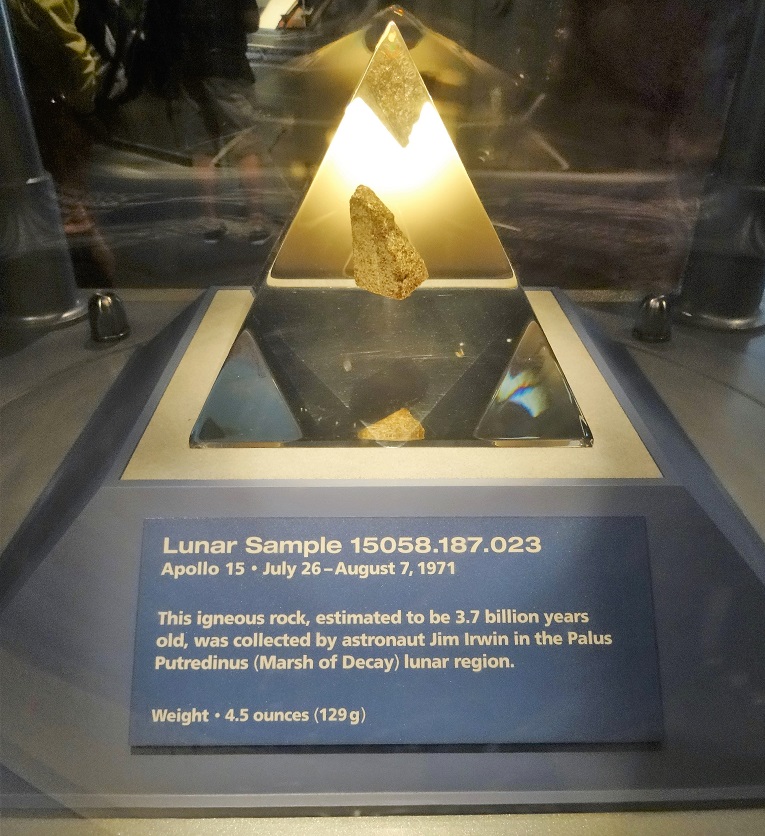 Located close by and is able to be visited is the command centre used for Apollo 11, which put Neil Armstrong, the first man on the moon, on 16 July 1969. To see more photographs and take a virtual tour of the site click on the photoshow below. |
|
|
|
|
|||
All Photographs were taken by and are copyright of Ron Gatepain
| Site Map |
